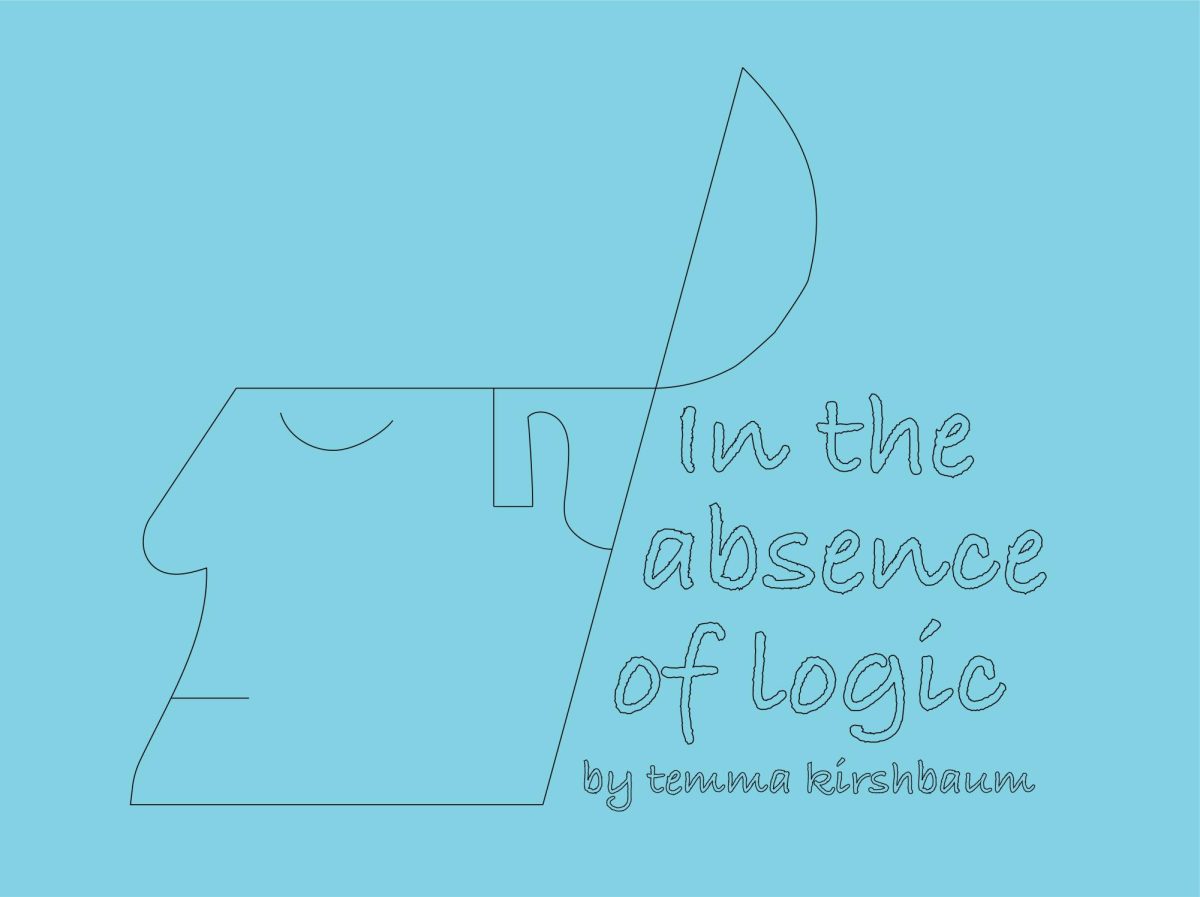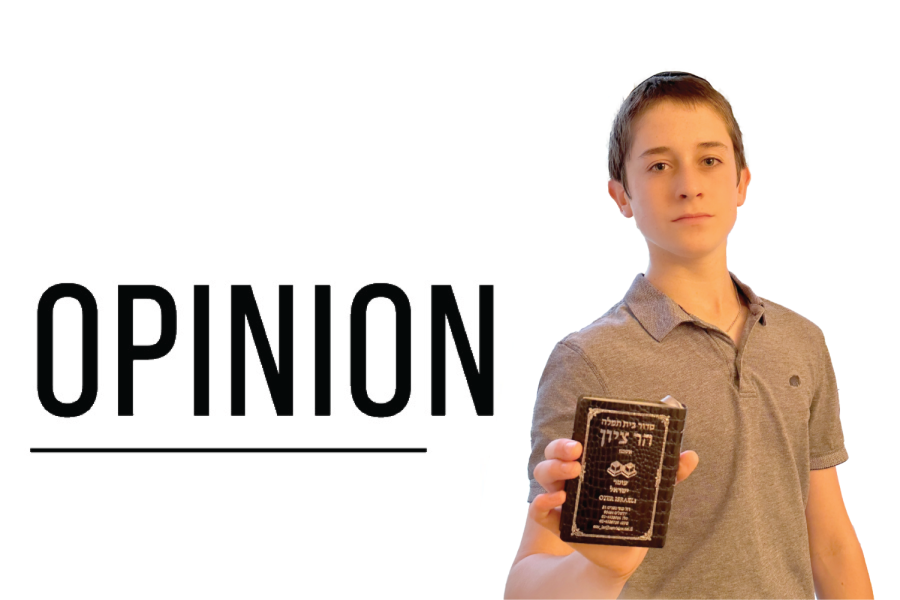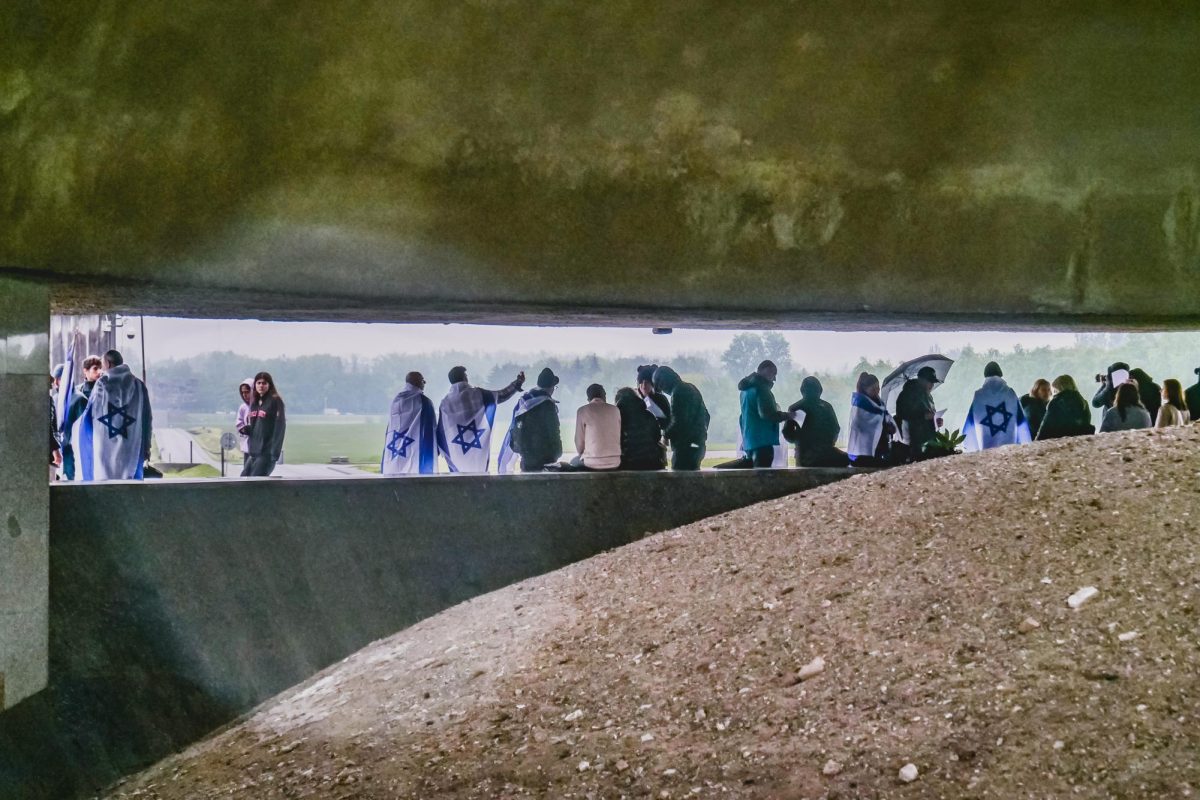Most high school students would jump at the chance to see half of their school demolished. We will try to take more nuanced view of the situation.
The administration plans to vacate and sell everything south of the Reception area to a private buyer, who will construct an apartment complex on that portion of the lot. The idea is that by cutting and selling the property, we’ll profit enough to offset our mortgage and loans.
Perhaps we make a little more than that, or maybe our bold decision inspires a large donation; that money goes toward renovations and new facilities on the reduced lot. Once we’re square on our loans, the school has a better credit rating, saving us money in the long term by making us eligible for lower-interest borrowing. Basically, we are betting that the bank will decrease our interest rate enough to making borrowing feasible again.
But what does it mean to bet with half of our campus? Here’s some of what we’ll be risking, and losing at least during the construction: student parking by the theater, the Beit Midrash, classrooms 27 to 47, the empty teacher hallway, and the Wildfire Theatre. While we fully support carpooling, cutting the number of available parking spaces in half is extreme. Town Hall is going to take place in a more intimate setting. The teacher hallway was kind of weird anyway, though.
A smaller campus means that enrollment can’t exceed 200 by too much, and we agree that keeping this number low contributes to the school’s intimate atmosphere. On the other hand, equally vital to the Shalhevet spirit are the facilities like the theatre that enrich the community.
Suffice to say: yes, this is risky. Any construction difficulties or unforeseen costs could skew the equation in the other direction. If the new facilities we build don’t at least replace what we’ve lost, it’s a bad deal. That makes it too risky. And that’s why we oppose it.






